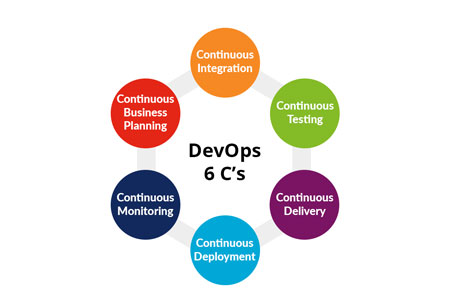THANK YOU FOR SUBSCRIBING
Is Matrix Management Effective?
Matrix management is used in organizations to share its resources, or we can say share its employees, across functions. The project managers lead people focused on shared purpose. Moreover, they participate in a professional skill-based hierarchy...

By
Apac CIOOutlook | Monday, December 17, 2018
Stay ahead of the industry with exclusive feature stories on the top companies, expert insights and the latest news delivered straight to your inbox. Subscribe today.
Matrix management is used in organizations to share its resources, or we can say share its employees, across functions. In a matrix environment, an individual has to report to his boss while simultaneously working for other managers, typically on various projects. Matrix management is highly preferable as it is apt for sharing talents and skills across departments.
The project managers lead people focused on shared purpose. Moreover, they participate in a professional skill-based hierarchy where they grow in how to complete their work in the best possible manner.
Multidisciplinary software teams
The entire software development team needs to take responsibility for operations, delivery, observation, security, user experience and so on. How can enterprises deal with integrating all these skills in one team?
With tooling, organizations can abstract hardware behind an Application programming interface (API), can build self-service spin-up tools and make build automatic. The professional leadership in this aspect of software includes the people who are developing these tools irrespective of the fact that they are in the same team or the Development experience teams. These same people serve as consultants when the team requires expertise.
Hence, the product team decides what they need to do, and these support teams help with how. For instance, when the product team has special needs, they can take more control and make their delivery. Until then people can learn operations at a higher level and not the whole stack.
It is similar to matrix management, except for the fact that the contributors stuck in the middle are software and not humans. It is like one team pushing the buttons, and the other is changing the code. Moreover, for special needs, the product team is free to hire and train their software.
In the field of business, matrix management lets the multidisciplinary teams share a purpose and helping people to grow in their professional skill sets. DevOps means each team changes and operates their software with the assistance of continually improving automation.
Check out: Enterprise Technology Review





